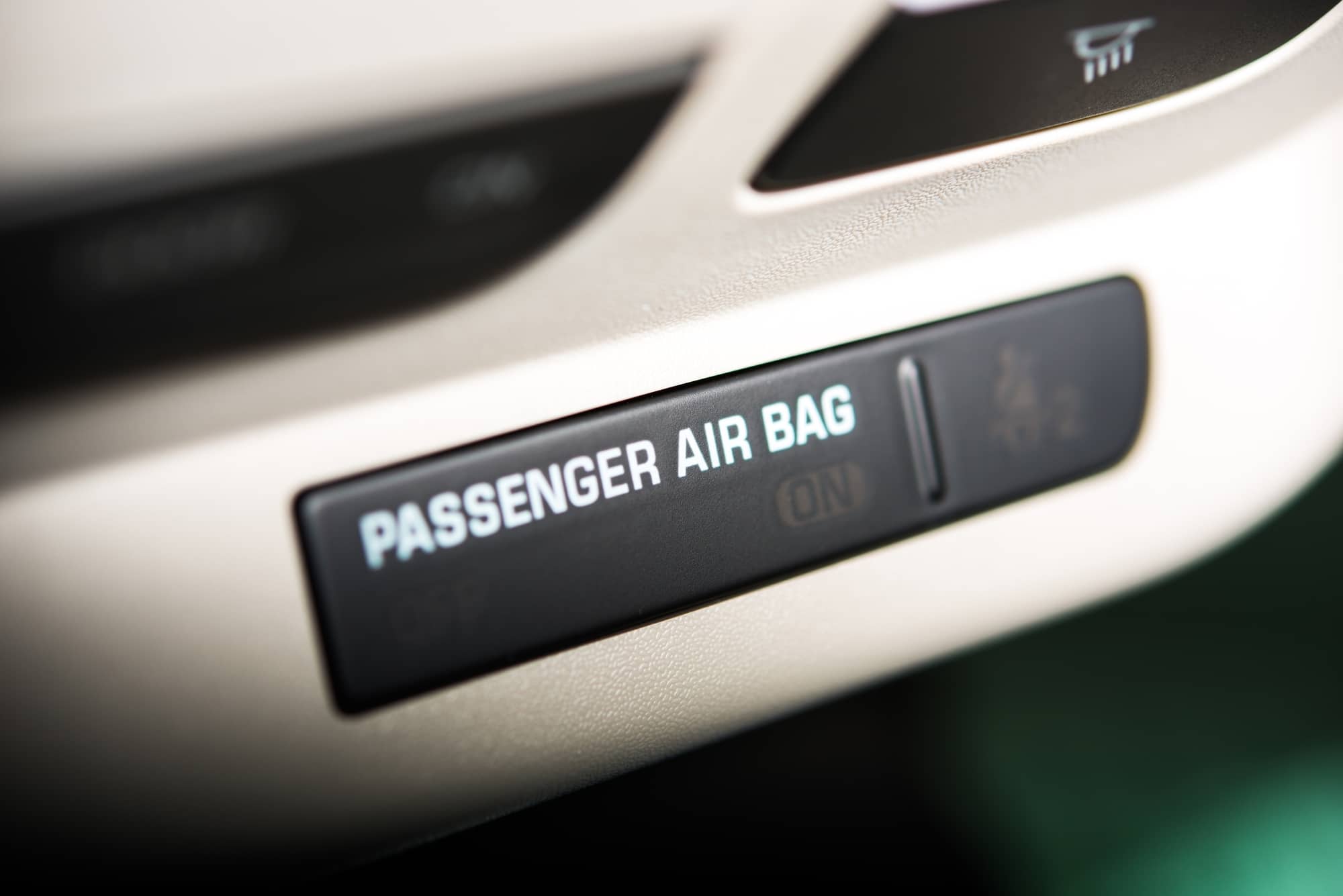There’s no doubt that cars are getting more and more intelligent and loaded with safety features meant to reduce the frequency and severity of motor vehicle accidents. In some places, companies are even using self-driving delivery vehicles, while across the country, newer model cars are increasingly being manufactured with advanced technology such as lane-departure warning and adaptive cruise control. But do these safety features really reduce the number of car accidents, and can they impact a car accident claim in any way? The legal professionals in Mesquite handling car collisions go over the most common car safety features available today and explain how they may affect your car accident claim.
What Are Some of the Most Important Car Safety Features in Vehicles Today?
Since the creation of the National Highway Traffic Safety Administration (NHTSA) in the 1960s, seatbelts have become a mandatory safety feature in every motor vehicle. Seat belts are designed to keep the driver and passengers in place in the event of an accident, reducing the risk of injury and death.
Airbags are another important safety feature, designed to cushion the impact of collision and deploy when the vehicle is involved in an accident. Airbags started being included as a safety feature back in the late 1980s and quickly became a crucial component in preventing serious injuries during a collision.
Other features, such as high-visibility headlights, taillights, and side mirrors, help drivers see their surroundings, avoid collisions with pedestrians, animals, and other vehicles, and make their way safely in the dark. Finally, bumpers are a key safety feature. While you may not think of your car’s bumpers as a safety feature, they are actually designed to absorb the impact of a minor collision, preventing serious damage to the vehicle. Without them, the risk of injury to passengers is much higher, as any collision can affect the body of the vehicle.
What Are Advanced Safety Systems?
Advanced safety systems in vehicles rely on technology to help drivers detect dangerous situations and obstacles in order to avoid accidents. Most modern vehicles come equipped with features such as automatic braking, lane departure warning, blindspot monitors, backup cameras, and park assist. Automatic braking systems use sensors to detect objects or other cars in the vehicle’s path and automatically slow down or stop the vehicle if necessary, potentially avoiding a rear-end collision with another motor vehicle. Lane departure warning systems alert drivers if they are about to drift out of their lane. Blindspot monitors detect vehicles in the driver’s blind spot and alert them with visual and auditory warnings. Backup cameras provide a view of the rear of the vehicle so that drivers can easily see when they are backing up, making it easier to see other cars, pedestrians, and objects. Park assist systems use sensors to help drivers park in tight spaces, and some park assist systems can take care of the task of parallel parking the car for the driver automatically.
Can Advanced Safety Systems Reduce Car Accidents?
A study conducted by General Motors and the University of Michigan Transportation Research Institute and published in 2019 concluded that many advanced safety systems can play a vital role in preventing accidents. Some highlights of the study include the findings that vehicles equipped with reverse automatic braking systems with rear cross alert, backup camera, and rear park assist can reduce braking crashes by as much as 81%. Likewise, features such as forward automatic braking with collision alert can reduce the number of rear-end collisions by 46%.
However, it is important to keep in mind that no safety system can replace the full focus and careful operation of a driver. These systems are not meant to replace the actions of a driver, so even if your vehicle is equipped with all of these features, you are still responsible for maintaining your duty of care to other road users, including pedestrians and motorists.
For instance, suppose your vehicle’s forward collision alert and braking system failed, and you ended up rear-ending another vehicle at a stop sign. If it is determined that you were engaging in distracted driving when the crash occurred, you may still be held partially liable for any injuries and damages sustained by the driver of the other vehicle.
What Should I Do if I Believe My Car Has a Defective Safety System That Caused an Accident?
In other cases, a car may come equipped with faulty safety features that can actually cause injuries instead of preventing them. A notorious example is the Takata airbags, which have been the target of numerous lawsuits after defects caused the airbags to explode instead of properly deploying, injuring over 400 people and even causing 27 fatalities.
This is a good example of a personal injury case type called product liability. A product liability claim happens when a consumer is injured due to a defective product or flawed design that can be linked to a manufacturing defect. If you have been injured in a car accident and believe that a defect in your vehicle (such as a defective airbag or faulty advanced safety system) was the main cause of your injuries and damages, you may want to contact an attorney to discuss your case.
The attorneys at the Oberg Law Office have helped injured clients in Mesquite and across Texas, and they have experience dealing with a variety of car accident and product liability cases. They can help you understand your options and guide you to make the right decisions for your case. If you have been hurt, have questions, or need to know if you have a claim, contact the Oberg Law Office at 972-672-9700.

 972-682-9700
972-682-9700



